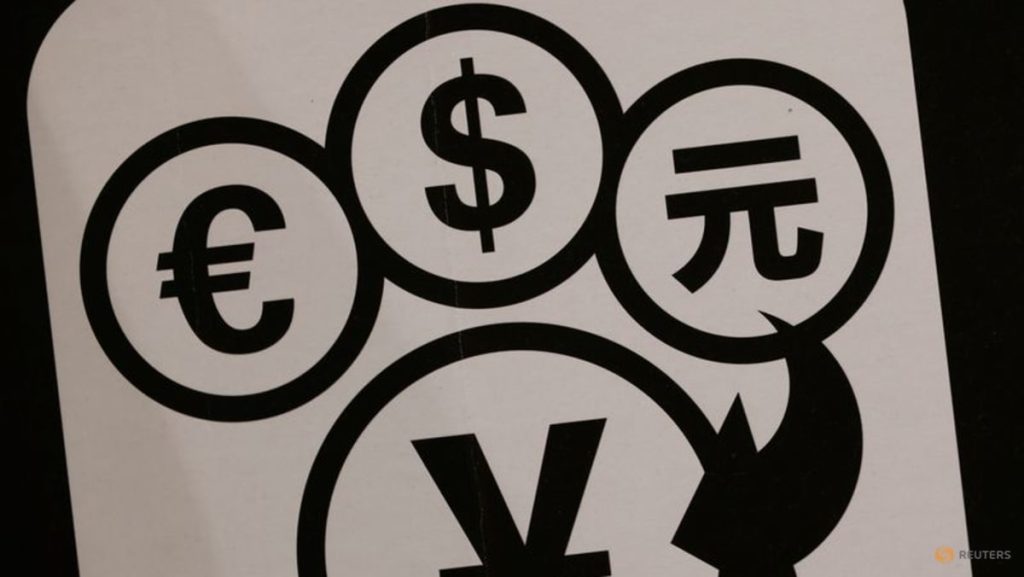NEW YORK/LONDON :The pound fell on Wednesday after British inflation in September undershot forecasts, while the U.S. dollar fell against the Japanese yen.
The British pound was the weakest major currency on Wednesday after inflation unexpectedly held at 3.8 per cent, undershooting expectations of economists and of the Bank of England.
Sterling fell by as much as 0.5 per cent against the dollar. It was last down 0.17 per cent at 1.335.
“When the BoE started sending hawkish signals recently, they had this out-of-consensus view that inflation would prove stronger than what markets or economists were expecting and it’s not really proving to be the case at the moment,” said Francesco Pesole, FX analyst at ING.
Investors are pricing in about a 75 per cent chance that the Bank lowers interest rates by year-end, up from around a 46 per cent chance before the data.
“Overall, our economists view today’s data as providing meaningful and genuine softer inflation news, and as raising the risk that the BoE’s next rate cut is earlier than their February meeting base-case,” Goldman Sachs analysts said in a research note.
YEN MARKS BIGGEST MONTHLY DECLINE SINCE JULY
The U.S. dollar was last 0.05 per cent weaker at 151.865 yen.
Against the dollar, the yen hit a one-week low on Tuesday as sources told Reuters that new Prime Minister Sanae Takaichi is preparing an economic stimulus package likely to exceed last year’s 13.9 trillion yen ($92.19 billion) to help households tackle inflation.
The yen has lost 2.5 per cent this month as Takaichi jostled to become Japan’s prime minister, marking its biggest monthly decline against the dollar since July, as investors anticipated expansionary fiscal policy and a testy relationship with Japan’s central bank would weigh on the currency.
“Takaichi’s first statements as prime minister suggest she wants to calm markets and not exacerbate any weakness in the yen for the moment,” ING’s Pesole said.
Takaichi, an advocate for loose fiscal and monetary policy, said on Tuesday that it was up to the Bank of Japan to decide the specifics of monetary policy.
New finance minister Satsuki Katayama said on Wednesday that it is necessary for the government and the Bank of Japan to coordinate to make economic and monetary policies effective.
The BoJ is scheduled to announce its latest policy decision on October 30. Futures imply about a 20 per cent chance of a quarter-point rate hike to 0.75 per cent.
DOLLAR INCHES UP FOR FOURTH DAY
The dollar index, which measures the dollar’s strength against a basket of six currencies, was last trading at 98.932, down 0.044 per cent after three consecutive days of gains.
President Donald Trump on Tuesday rebuffed a request by leading Democratic lawmakers to meet until the three-week-old U.S. government shutdown ends.
The standoff complicates the task facing the Federal Reserve at its meeting on October 29. But the U.S. central bank is still expected to lower its key interest rate by 25 basis points next week and again in December, according to a Reuters poll of economists who remain deeply divided on where rates will be by the end of next year.
Fed funds futures imply a 97 per cent probability of a 25-basis-point cut to interest rates, according to LSEG data.
The euro was up 0.03 per cent at $1.16 as a planned summit between Trump and Russian President Vladimir Putin was put on hold after Russia rejected an immediate ceasefire in Ukraine.


